Novartis and Voyager Enter Strategic Collaboration to Advance Novel Gene Therapies
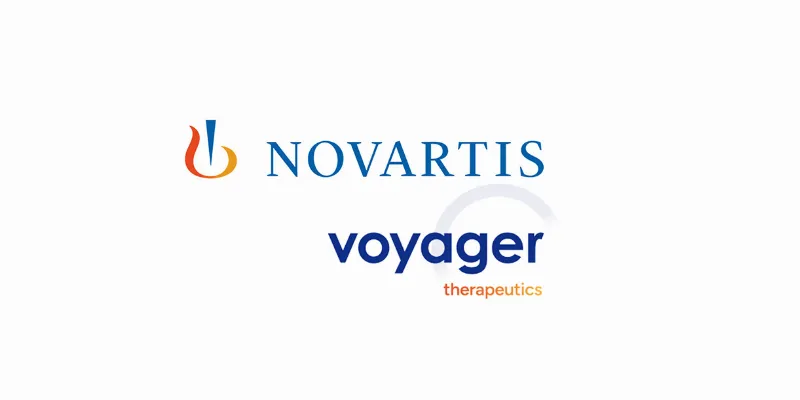
2 January 2024
Novartis and Voyager Therapeutics have entered a strategic collaboration and licensing agreement to combat Huntington's disease (HD) and spinal muscular atrophy (SMA) using innovative gene therapy techniques. Novartis will pay $100 million upfront in a deal potentially worth up to $1.2 billion.
Novartis and Voyager Therapeutics have announced a strategic collaboration to advance gene therapies for Huntington's disease and spinal muscular atrophy. Leveraging Voyager's TRACER capsid technology, the partnership aims to develop treatments for these neurological disorders. Novartis will invest $100 million upfront, with potential additional milestones, focusing on clinical development and commercialization, marking a significant step in neurogenetic medicine advancements.
“We look forward to broadening our work with Voyager to help bring forward novel, high-impact gene therapies with the potential to improve the lives of patients affected by severe neurologic conditions. We believe Voyager’s TRACER capsids hold promise for enabling next-generation gene therapies,” said Fiona Marshall, President of Biomedical Research at Novartis.
A Synergistic Partnership
Novartis, already a pioneer in gene therapy with its successful SMA treatment Zolgensma, is deepening its commitment to this field. The Swiss pharma giant's collaboration with Voyager Therapeutics, a biotech company specializing in neurogenetic medicines, is not just a business transaction but a beacon of hope for patients suffering from HD and SMA.
Dr. Alfred W. Sandrock, CEO of Voyager, expressed enthusiasm about deepening their partnership with Novartis, a prominent figure in gene therapy. “Combining the proven capabilities of Novartis in gene therapy development and commercialization with Voyager’s next-generation TRACER capsids and payloads could enable the advancement of important new therapies for patients.”
Voyager brings to the table its proprietary TRACER™ capsid technology. These capsids are essentially viral shells that play a critical role in delivering gene therapies to target areas, particularly the brain, which has been historically challenging to reach. TRACER capsids have shown promising results in preclinical studies, demonstrating an enhanced ability to penetrate the blood-brain barrier and achieve widespread gene expression in the central nervous system, surpassing conventional AAV capsids.
Financial Aspects of the Collaboration
Under the agreement, Voyager will receive an upfront payment of $100 million from Novartis, including a $20 million equity investment. Additionally, Voyager stands to gain up to $1.2 billion in various milestones, along with royalties on sales of products utilizing the TRACER technology.
In terms of development responsibilities, Voyager will focus on preclinical advancement of a gene therapy candidate for HD, while Novartis will spearhead the clinical development and commercialization. For SMA, Novartis will have exclusive access to Voyager’s TRACER capsids and will be responsible for all development and commercialization efforts.
This partnership represents a significant milestone for Novartis in its pursuit of treatments for Huntington's disease, a neurological condition previously resistant to effective therapies. Merging Novartis' gene therapy development expertise with Voyager's TRACER technology, this collaboration has the potential to initiate a new era in neurological disorder treatments, bringing hope to patients.
About the TRACER™ Capsid Discovery Platform
Voyager's TRACER™ Capsid Discovery Platform is an innovative RNA-based tool for rapidly identifying AAV capsids capable of effectively penetrating the blood-brain barrier and targeting the central nervous system (CNS) in various species. In preclinical studies, TRACER capsids have shown superior CNS gene expression and selective transduction, reaching previously inaccessible brain areas while avoiding unwanted liver and dorsal root ganglia targeting. This platform has facilitated multiple partnerships, enhancing gene therapy treatments for diverse diseases.

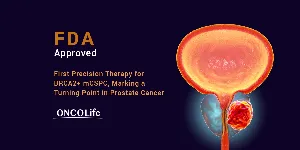
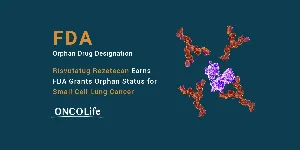
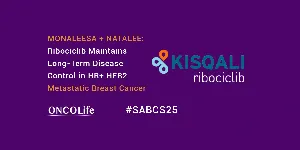


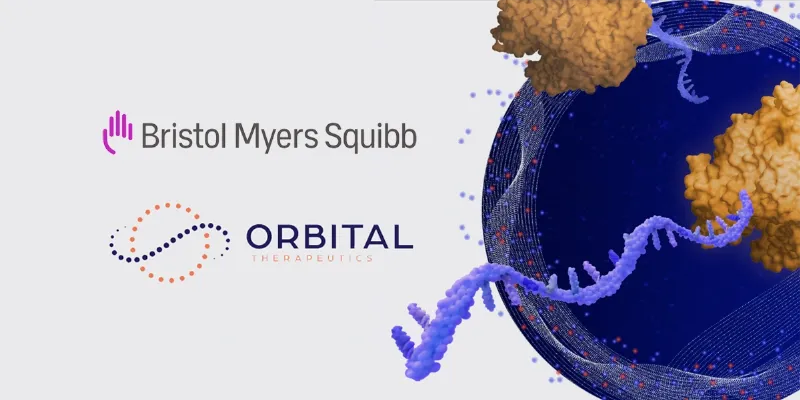

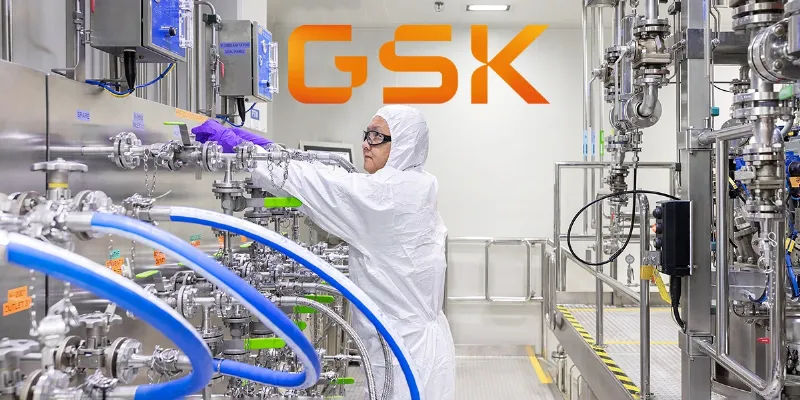

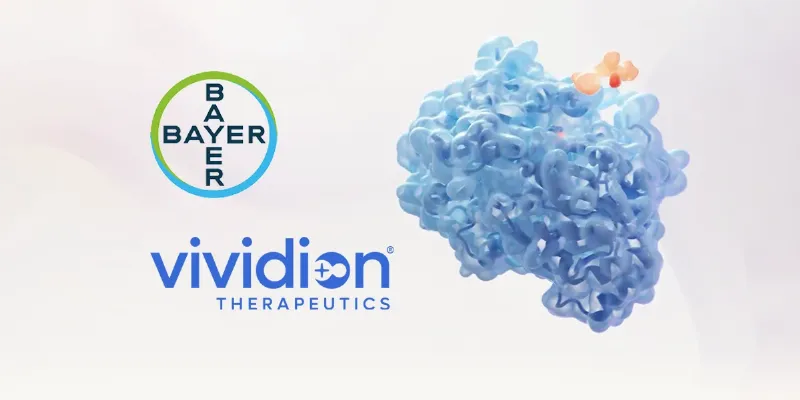
Comments
No Comments Yet!